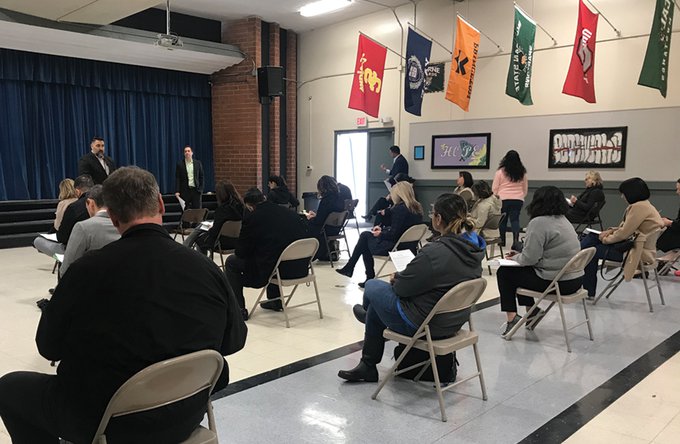School leaders maintaining connection to school communities during COVID-19 pandemic
March 23, 2020
Millions of students are at home as California’s schools remain shuttered for the second week in an effort to slow the spread of COVID-19.
On March 13, superintendents throughout the state announced they would be closing their schools, some for two weeks, others for four weeks, with many closures overlapping with spring breaks.
While the state did not exercise its authority to close schools, school leaders and boards weighed the decision using local considerations, including the amount of community spread and impacts to students. Ultimately, about half of California’s public schools have temporarily shut down and as of March 16, 85 percent of its students were affected.
“Our districts are taking this time to focus on doing what is best for their students, staff and school communities,” said ACSA Executive Director Wes Smith. “The day-to-day challenges of running schools and districts will always be there and COVID-19 has brought new challenges. Our education leaders are hyper-focused on the needs of their students and how to maintain that connection to learning.”
CDC guidance
Announcement of school closures came one day after the CDC issued updated guidance that based on available modeling, early, short-to-medium closures would not stop the spread of COVID-19.
“There may be some impact of much longer closures (eight weeks, 20 weeks) further into community spread, but that modeling also shows that other mitigation efforts (e.g., hand-washing, home isolation) have more impact on both spread of disease and health care measures,” according to a document titled “Considerations for School Closings.”
As for the right time to reopen, the CDC said, “there is almost no available data on the right time to re-start schools. We would advise to plan for a length of time and then evaluate based on continued community spread.”
Superintendents respond
San Bernardino County Superintendent of Schools Ted Alejandre:
33 school district, 406,000 students
“These are unprecedented times for public education in meeting the challenges presented by this virus. While county health officials indicate that as of today, they have yet to confirm a case of COVID-19 in San Bernardino County, there is still uncertainty as to the impact of COVID-19 on our schools and communities.
“This is not a decision our district leaders take lightly. We know that temporarily closing a school has a tremendous impact on our families. SBCSS is supporting district efforts to continue learning while schools are closed by developing resources and strategies to provide a continuity of learning and ensure access and equity for all of our students.”
Los Angeles USD Superintendent Austin Beutner and San Diego USD Superintendent Cindy Marten issued a joint statement on March 13 announcing the closure of the two districts, which serve more than 750,000 students:
“California has now entered a critical new phase in the fight to stop the spread of the Covid-19 pandemic,” they said. “There is evidence the virus is already present in the communities we serve, and our efforts now must be aimed at preventing its spread. We believe closing the state’s two largest school districts will make an important contribution to this effort. For that reason, we plan to close, effective Monday, March 16.”
Arturo Ortega, assistant superintendent of Educational Services at Azusa Unified School District, updates fellow administrators on the district’s plan for navigating school closures. The meeting was held at Sierra High School.


